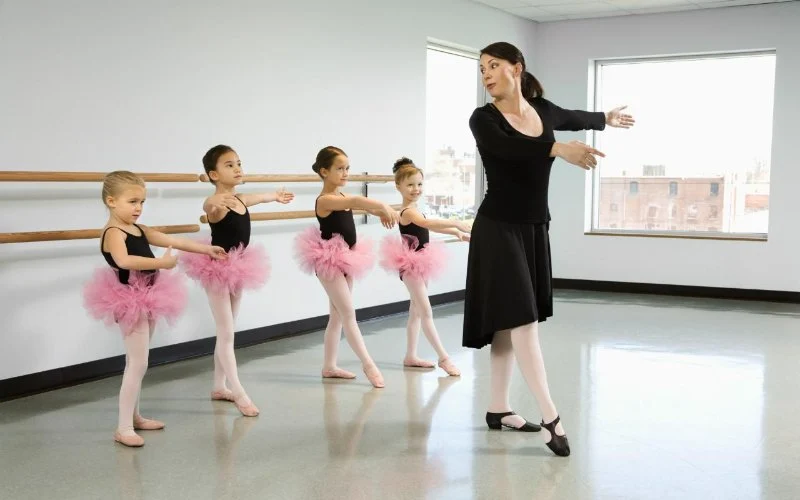
- 1. Introduction: Why Tracking Progress Matters
- 2. Key Areas to Track in Dance Progress
- 3. Tools and Methods for Tracking Dance Progress
- 4. Real-Life Examples of Dance Progression
- 5. Conclusion: Keep Evolving as a Dancer
1. Introduction: Why Tracking Progress Matters
When it comes to dancing, learning routines is only one part of the journey. While memorizing and executing a choreography can be incredibly rewarding, true progress in dance goes beyond just that. Tracking your growth as a dancer is essential to identifying areas for improvement, setting realistic goals, and staying motivated. Whether you’re working toward a specific competition, mastering a particular style, or simply refining your technique, keeping a record of your dance progress can help you stay focused and confident in your abilities.
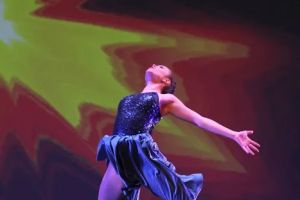
EMC Performing Arts Studio / emc performing arts
New FreedomYork CountyPennsylvania
101 W Main St, New Freedom, PA 17349, USA
2. Key Areas to Track in Dance Progress
Progress in dance isn't just about how well you can perform a routine. There are several key areas where tracking your improvement can lead to a deeper understanding of your growth as a dancer.
1. Technique: Technique is the foundation of every dance style. Whether you’re perfecting your pirouettes or working on your footwork, tracking improvements in your technique is crucial. Document any corrections, adjustments, or breakthroughs in your movement quality.
2. Flexibility and Strength: Flexibility and strength go hand-in-hand with dancing. Over time, you’ll want to measure improvements in your flexibility (such as being able to do deeper splits or hold more difficult stretches) and your strength (such as improved core control or increased stamina during longer performances).
3. Timing and Musicality: One of the hallmarks of a skilled dancer is the ability to connect with the music. Tracking your ability to stay on beat and interpret music creatively can help you recognize the progress you’re making in this area.
4. Performance Quality: Dance is not just about technique – it's also about how you perform. Are you engaging with the audience? Are your movements smooth and fluid? Record your performance reviews and reflect on areas where you can add more character or emotional depth to your dancing.
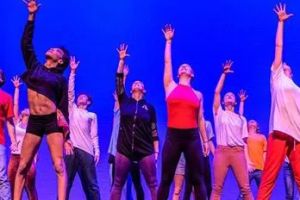
Born 2 Dance Studio - Vienna / born to dance vienna
262 Cedar Ln SE, Vienna, VA 22180, USA
3. Tools and Methods for Tracking Dance Progress
The best way to track progress is by using tools that help you measure and visualize your growth. Here are a few methods that can assist you in keeping track of your dance journey:
1. Dance Journals: A dance journal is an excellent way to track your thoughts, achievements, and challenges on a daily or weekly basis. You can jot down feedback from your teacher, note down things you’ve worked on in class, and track how you felt after practice.
2. Video Recordings: One of the most effective ways to see your progress is by recording yourself regularly. Whether it's full routines or isolated technique work, filming yourself allows you to observe improvements over time, from the smallest adjustments in your form to the bigger leaps in your confidence.
3. Setting Milestones and Goals: Setting short-term and long-term goals is essential for staying on track. Break down complex skills into smaller, manageable milestones and review them regularly. For example, you may set a goal to improve your leg extension in a pirouette over the next few weeks.
4. Using a Dance App: There are several apps designed specifically to track your dance progress. These apps can help monitor everything from flexibility measurements to daily routines and even offer tips for improving various aspects of dance.
4. Real-Life Examples of Dance Progression
Seeing real-life examples can inspire you on your own journey. Consider these stories of dancers who took the time to track their progress and how it helped them improve:
Example 1: Sarah, the Ballet Enthusiast — Sarah started ballet at 25, but she struggled with her flexibility. By tracking her stretches every day, she was able to see steady improvement. After three months, she achieved splits that she never thought possible, simply by dedicating time to stretching and maintaining her journal.
Example 2: James, the Hip-Hop Performer — James used video recordings to track his growth in hip-hop choreography. Over time, he was able to pinpoint areas where his timing was off. By analyzing his videos and setting goals, he not only improved his timing but also started incorporating more fluidity and dynamics into his movements.
Example 3: Emily, the Salsa Dancer — Emily faced challenges with her partnerwork in salsa. By setting specific milestones and tracking her progress, she was able to improve her posture and connection with her partner. After a few months, she felt much more confident in her social dancing.
5. Conclusion: Keep Evolving as a Dancer
Tracking your dance progress isn't just about seeing how much you've improved – it's also about staying motivated and setting new challenges for yourself. Whether you’re a beginner or an advanced dancer, taking the time to reflect on your growth and identify areas for improvement will help you evolve. By using a combination of journaling, video recordings, setting goals, and learning from real-life examples, you can stay engaged in your dance journey and achieve new heights.
If you’re looking for the best dance programs, feedback, or resources to help you continue growing as a dancer, be sure to visit Creative Edge Dance Studio for expert advice, training, and services tailored to your needs.
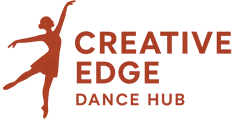
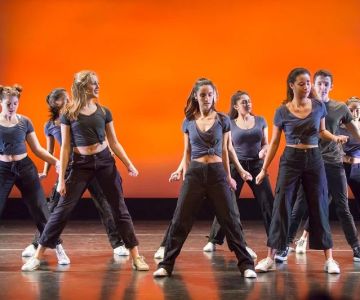
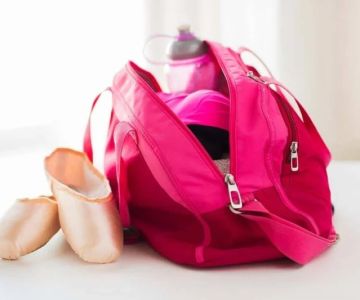
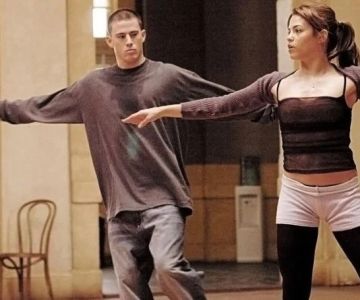
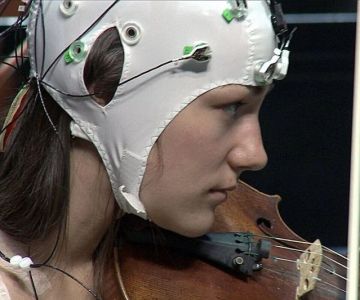
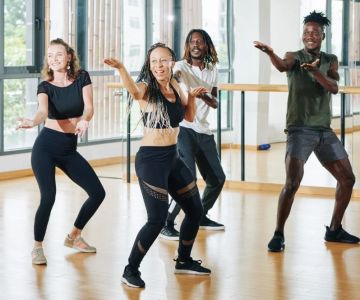

 Dance Wells, LLC0.0 (0 reviews)
Dance Wells, LLC0.0 (0 reviews) Just For Kix5.0 (17 reviews)
Just For Kix5.0 (17 reviews) Misha & Natasha Ballroom Dance5.0 (12 reviews)
Misha & Natasha Ballroom Dance5.0 (12 reviews) Bndt Studio5.0 (1 reviews)
Bndt Studio5.0 (1 reviews)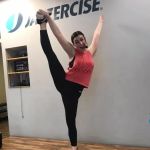 Jazzercise Milford Studio4.0 (17 reviews)
Jazzercise Milford Studio4.0 (17 reviews) Creative Inspiration Academy4.0 (22 reviews)
Creative Inspiration Academy4.0 (22 reviews) The Etiquette of Social Dancing After Taking Classes
The Etiquette of Social Dancing After Taking Classes Queer Tango: Embracing Inclusivity in Partner Dance
Queer Tango: Embracing Inclusivity in Partner Dance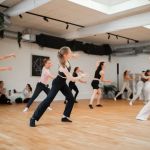 What is a Dance Workshop and Should You Take One?
What is a Dance Workshop and Should You Take One?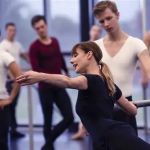 How to Find Scholarships or Financial Aid for Dance Training
How to Find Scholarships or Financial Aid for Dance Training What is Whacking? Arm-Based Disco Dance Movement Explained
What is Whacking? Arm-Based Disco Dance Movement Explained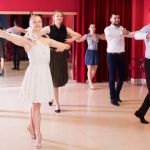 What It's Really Like to Take a Ballroom Dance Class as a Young Person
What It's Really Like to Take a Ballroom Dance Class as a Young Person